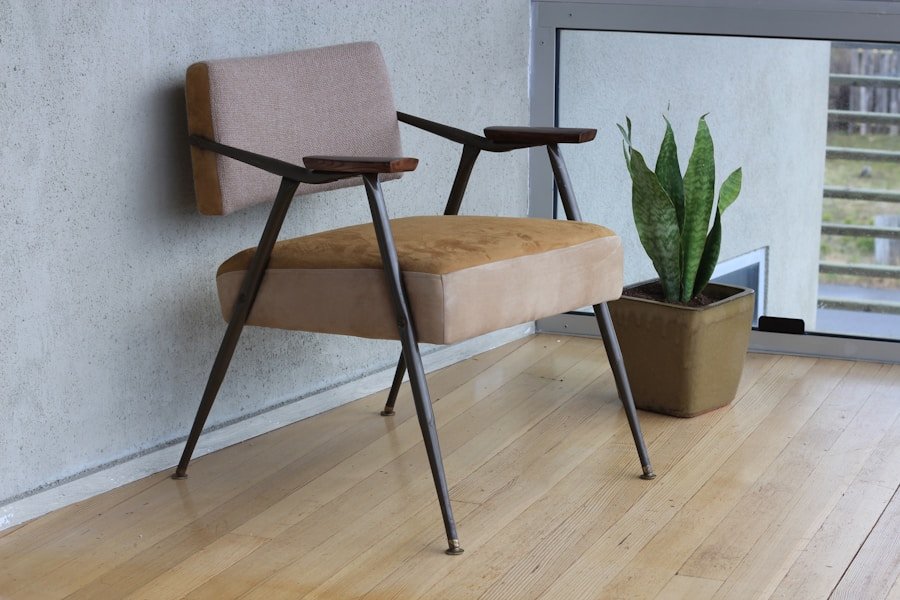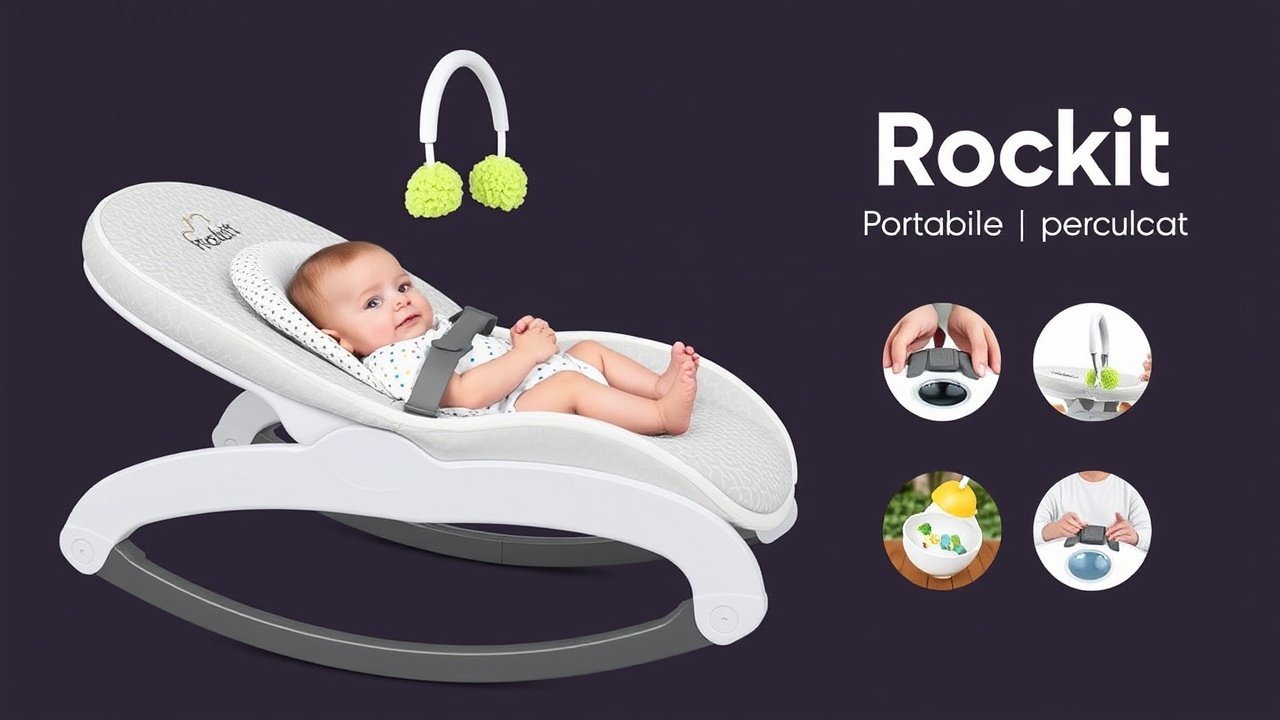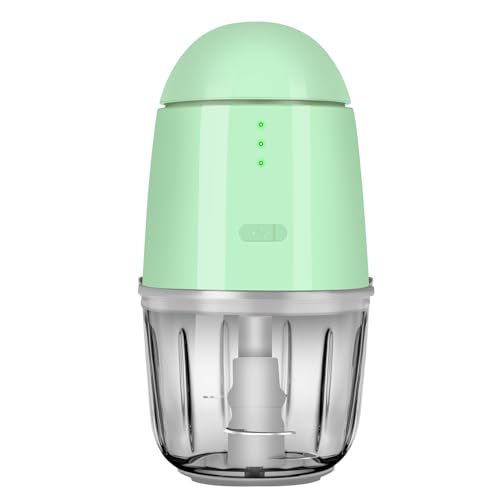Making baby food at home has numerous benefits for both the baby and the parents. Firstly, it allows parents to have complete control over the ingredients that go into their baby’s food. This means that they can ensure that their baby is getting all the necessary nutrients without any added preservatives or artificial flavors.
Additionally, making baby food at home can be more cost-effective than buying pre-packaged baby food from the store. It also allows parents to introduce their baby to a wide variety of flavors and textures from an early age, which can help develop their palate and make them more open to trying new foods as they grow older. Furthermore, making baby food at home can be a more sustainable option, as it reduces the amount of packaging waste that is generated from store-bought baby food.
It also allows parents to support local farmers and buy organic produce, which can be better for the environment and for their baby’s health. Overall, making baby food at home can be a rewarding experience for parents, as it allows them to provide their baby with nutritious and delicious meals while also promoting a healthy and sustainable lifestyle.
Key Takeaways
- Yes, you can use a regular blender or food processor to make baby food.
- Making baby food at home allows you to control the ingredients and ensure freshness.
- Regular blenders are better for liquids and smoothies, while food processors are better for chopping and mixing.
- Safety considerations include ensuring the food is cooked and cooled properly before blending, and avoiding small, hard foods that could be choking hazards.
- Tips for using a regular blender or food processor include adding liquid to help with blending and using the pulse function for better control.
- Nutritional considerations include choosing fresh, organic produce and avoiding added sugars and salt.
- Alternative methods for making baby food at home include steaming and mashing, using a hand blender, or using a baby food maker.
- It is safe to use a regular blender or food processor for making baby food as long as proper safety and nutritional considerations are taken into account.
Differences between regular blenders and food processors
When it comes to making baby food at home, both regular blenders and food processors can be useful tools. However, there are some key differences between the two appliances that parents should consider. A regular blender is typically better suited for liquids and purees, as it has a tall and narrow container that allows for better circulation of the ingredients.
On the other hand, a food processor is better for chopping, slicing, and shredding solid foods, making it more versatile for a wider range of recipes. Additionally, regular blenders tend to have less powerful motors than food processors, which can affect their ability to break down tougher foods like meat and fibrous vegetables. Food processors also usually have larger capacities than blenders, which can be helpful when making larger batches of baby food.
Ultimately, the choice between a regular blender and a food processor will depend on the specific needs and preferences of the parents, as both appliances have their own unique advantages and limitations.
Safety considerations for making baby food with a regular blender or food processor
When using a regular blender or food processor to make baby food at home, it is important to prioritize safety to ensure that the food is prepared in a hygienic and healthy manner. One key consideration is to thoroughly clean and sanitize the appliance before and after each use to prevent any contamination of the baby’s food. This includes disassembling the appliance and washing all the parts with hot, soapy water, as well as drying them completely before reassembling.
It is also important to ensure that all the ingredients used in the baby food are fresh and free from any spoilage or contamination. This means carefully inspecting fruits, vegetables, and meats before using them, and discarding anything that appears to be moldy or past its expiration date. Additionally, it is crucial to follow proper food safety guidelines when preparing and storing baby food, such as keeping it refrigerated at the correct temperature and using it within a certain timeframe to prevent bacterial growth.
By taking these safety considerations into account, parents can ensure that their homemade baby food is safe and healthy for their little one.
Tips for using a regular blender or food processor to make baby food
| Blender vs Food Processor for Making Baby Food | Blender | Food Processor |
|---|---|---|
| Texture | Smooth purees | Variable textures, can be chunkier |
| Speed | Fast blending | Slower processing |
| Capacity | Smaller capacity | Larger capacity |
| Functionality | Primarily for blending | Can also chop, shred, and slice |
| Cost | Generally less expensive | Can be more expensive |
When using a regular blender or food processor to make baby food at home, there are several tips that can help parents achieve the best results. Firstly, it is important to start with fresh and high-quality ingredients to ensure that the baby’s food is nutritious and flavorful. This includes using organic produce whenever possible, as well as choosing lean meats and whole grains for added protein and fiber.
It can also be helpful to add a small amount of liquid, such as breast milk or formula, when blending or processing the ingredients to achieve a smoother consistency that is easier for the baby to eat. Additionally, parents can experiment with different flavor combinations and textures to keep their baby interested in trying new foods. This can involve mixing different fruits and vegetables together, or adding herbs and spices for added variety.
Finally, it is important to store any leftover baby food properly in airtight containers in the refrigerator or freezer to maintain its freshness and quality. By following these tips, parents can ensure that their homemade baby food is both nutritious and delicious for their little one.
Nutritional considerations when making baby food with a regular blender or food processor
When making baby food at home with a regular blender or food processor, it is important to consider the nutritional content of the ingredients being used to ensure that the baby is getting all the necessary nutrients for healthy growth and development. This means incorporating a variety of fruits, vegetables, lean proteins, and whole grains into the baby’s diet to provide essential vitamins, minerals, and antioxidants. It is also important to avoid adding any salt, sugar, or honey to the baby’s food, as these ingredients can be harmful to their developing bodies.
Instead, parents can use natural sweeteners like mashed bananas or applesauce to add sweetness to the baby’s food without compromising its nutritional value. Additionally, it can be beneficial to introduce a wide range of flavors and textures to the baby’s diet from an early age to help expand their palate and encourage them to enjoy a diverse array of foods as they grow older. Furthermore, parents should be mindful of any potential allergens when making baby food at home, such as nuts, dairy, eggs, and shellfish.
It is important to introduce these foods one at a time in small amounts to monitor for any adverse reactions before incorporating them into the baby’s regular diet. By considering these nutritional factors when making baby food with a regular blender or food processor, parents can ensure that their little one is receiving a well-rounded and balanced diet that supports their overall health and well-being.
Alternative methods for making baby food at home
While using a regular blender or food processor can be an effective way to make baby food at home, there are also alternative methods that parents can consider depending on their preferences and needs. One popular option is using a hand-held immersion blender, which is smaller and more portable than a regular blender or food processor. This can be convenient for parents who want to make small batches of baby food quickly and easily without having to use larger appliances.
Another alternative method for making baby food at home is using a steamer or slow cooker to cook fruits, vegetables, and meats before blending or processing them into purees. This can help retain more of the natural flavors and nutrients in the ingredients while also making them easier to digest for the baby. Additionally, some parents may choose to use a manual food mill or grinder to make baby food at home, which can be a simple and traditional approach that allows for more control over the texture of the final product.
Ultimately, the best method for making baby food at home will depend on the specific needs and preferences of the parents, as well as the age and developmental stage of the baby. By exploring alternative methods for making baby food at home, parents can find the approach that works best for them and their little one.
Is it safe to use a regular blender or food processor for making baby food?
In conclusion, using a regular blender or food processor to make baby food at home can be a safe and effective way to provide nutritious meals for the little one. However, it is important for parents to consider the benefits, differences, safety considerations, tips, nutritional factors, and alternative methods when deciding how to make baby food at home. By prioritizing safety and hygiene, choosing high-quality ingredients, considering nutritional content, and exploring alternative methods for making baby food at home, parents can ensure that their little one receives all the necessary nutrients for healthy growth and development while also enjoying a wide variety of flavors and textures from an early age.
Ultimately, whether using a regular blender or food processor or exploring alternative methods for making baby food at home, parents have the opportunity to provide their little one with nutritious and delicious meals while promoting a healthy and sustainable lifestyle.
FAQs
Can we use a regular blender or food processor to make baby food?
Yes, both a regular blender and a food processor can be used to make baby food. They are both effective at pureeing fruits, vegetables, and other foods into a smooth consistency suitable for babies.
What are the benefits of using a regular blender or food processor for making baby food?
Using a regular blender or food processor allows parents to easily and quickly prepare homemade baby food. It also gives them control over the ingredients and ensures that the baby food is fresh and free from preservatives.
Are there any drawbacks to using a regular blender or food processor for making baby food?
One potential drawback is that regular blenders and food processors may not be as effective at creating a very smooth puree as specialized baby food makers. Additionally, they may require more effort to clean and maintain.
What foods can be pureed using a regular blender or food processor for baby food?
A regular blender or food processor can be used to puree a wide variety of fruits, vegetables, meats, and grains to make baby food. It is important to ensure that the food is cooked and soft enough for easy blending.
Are there any safety considerations when using a regular blender or food processor to make baby food?
It is important to ensure that the blender or food processor is used safely and that all parts are properly cleaned and sanitized before use. Additionally, parents should be cautious when blending hot foods to avoid burns or splatters.





































